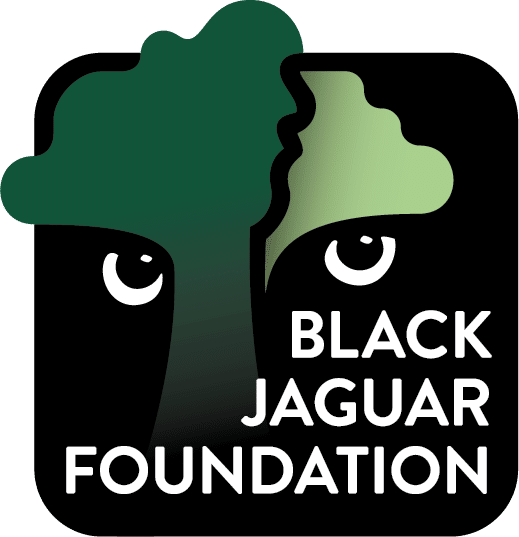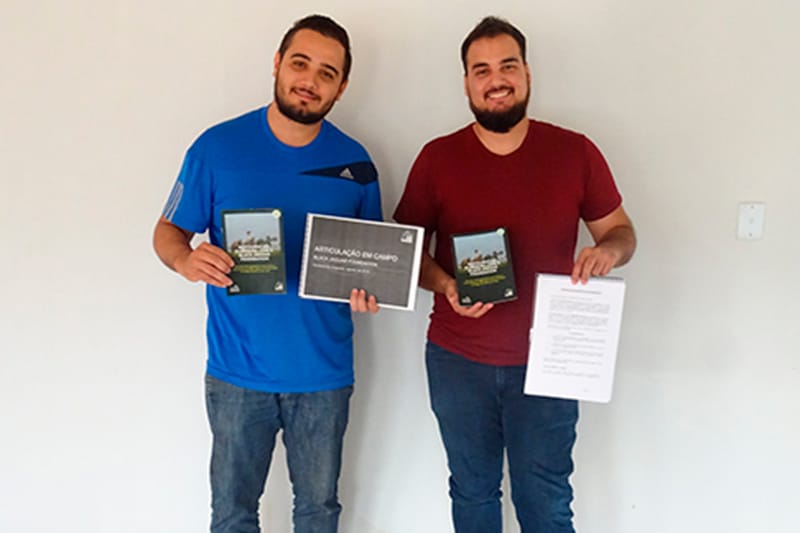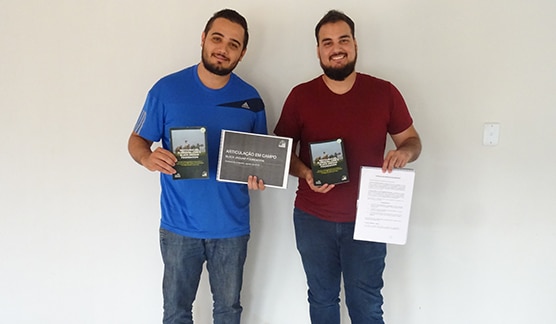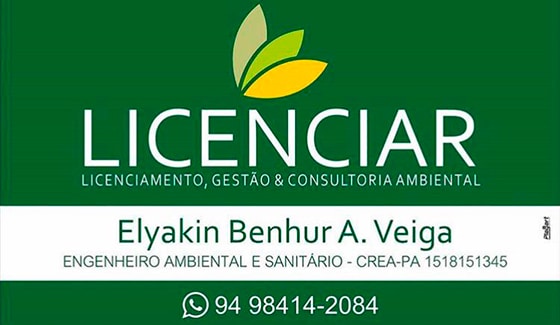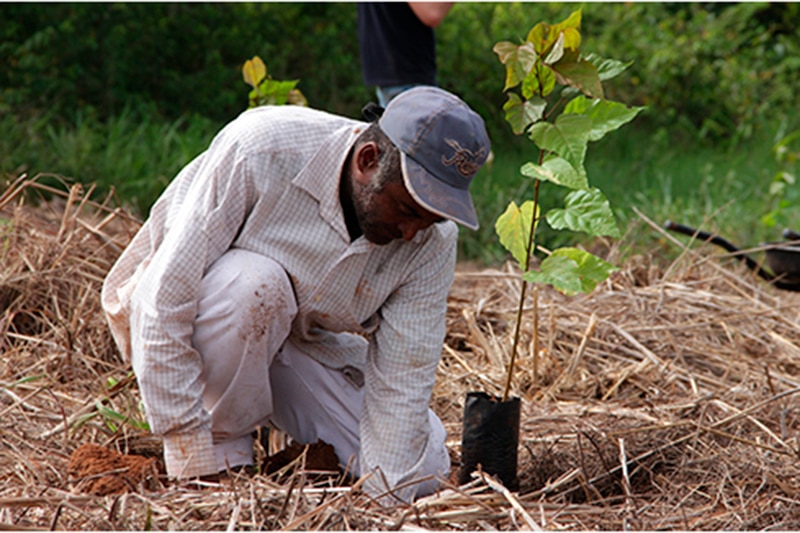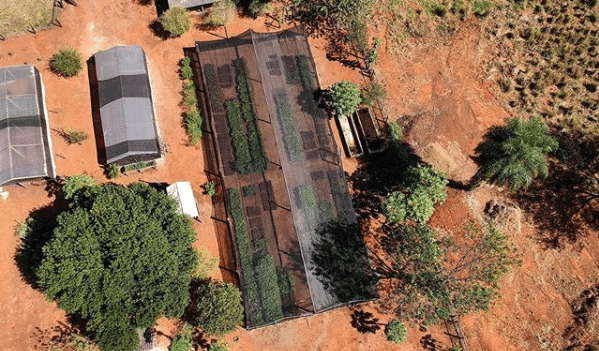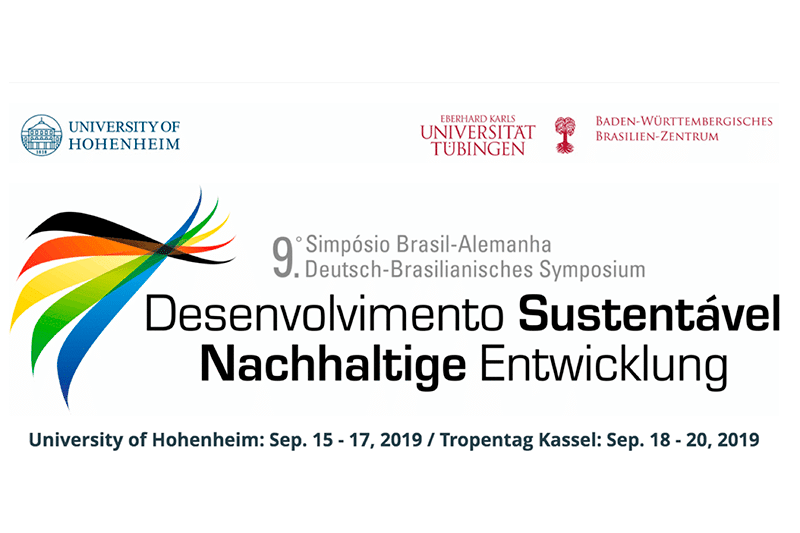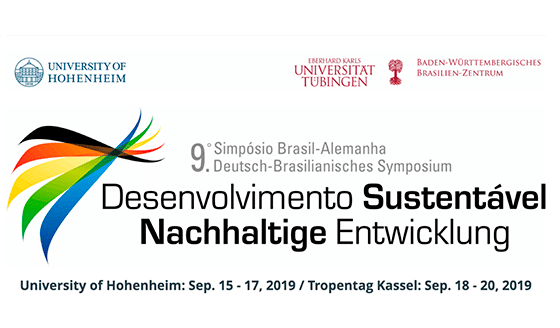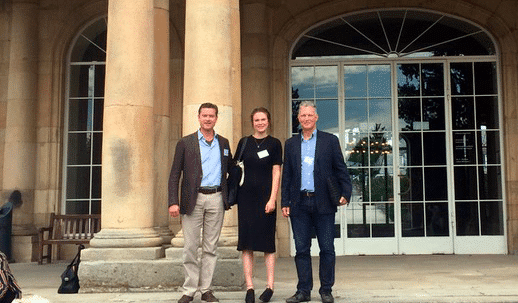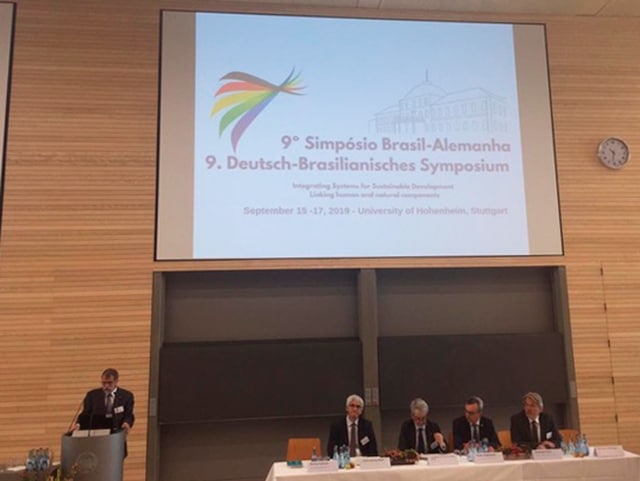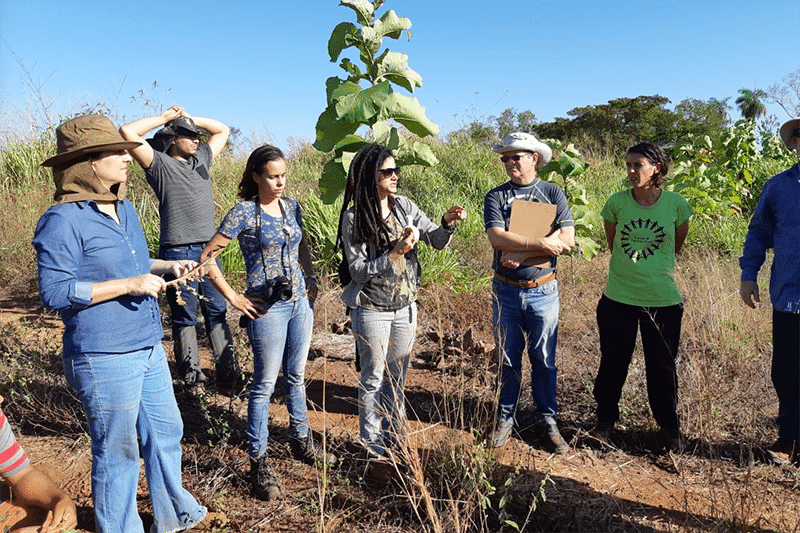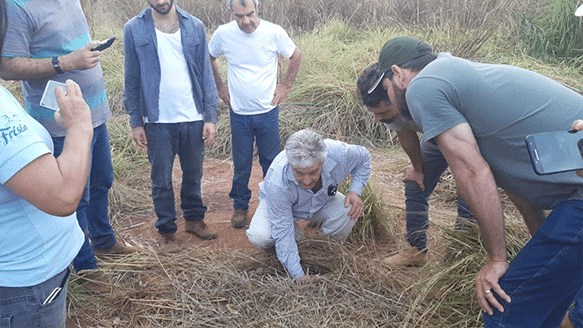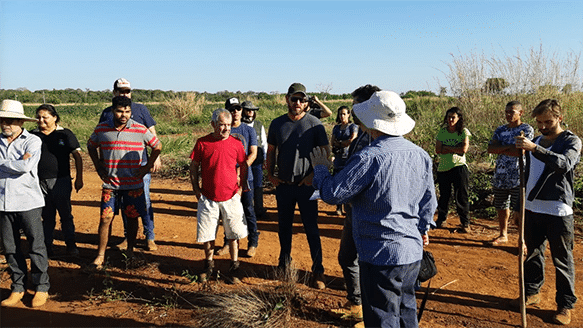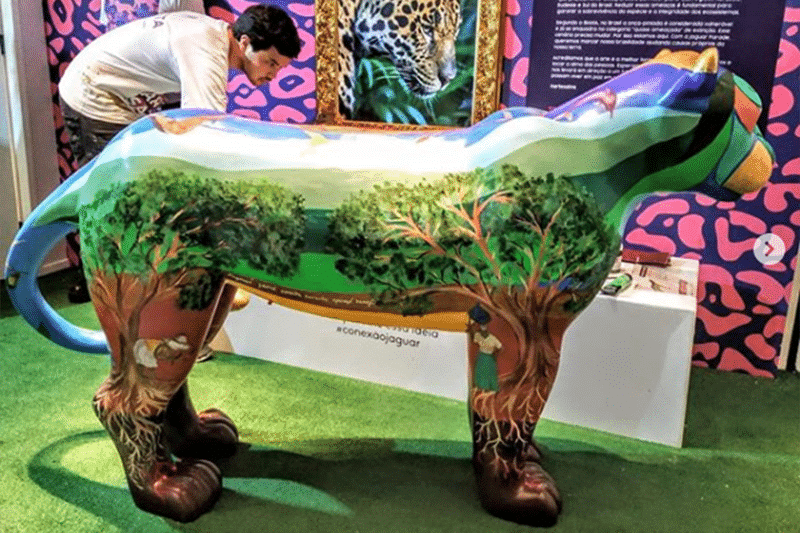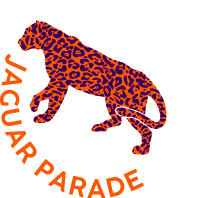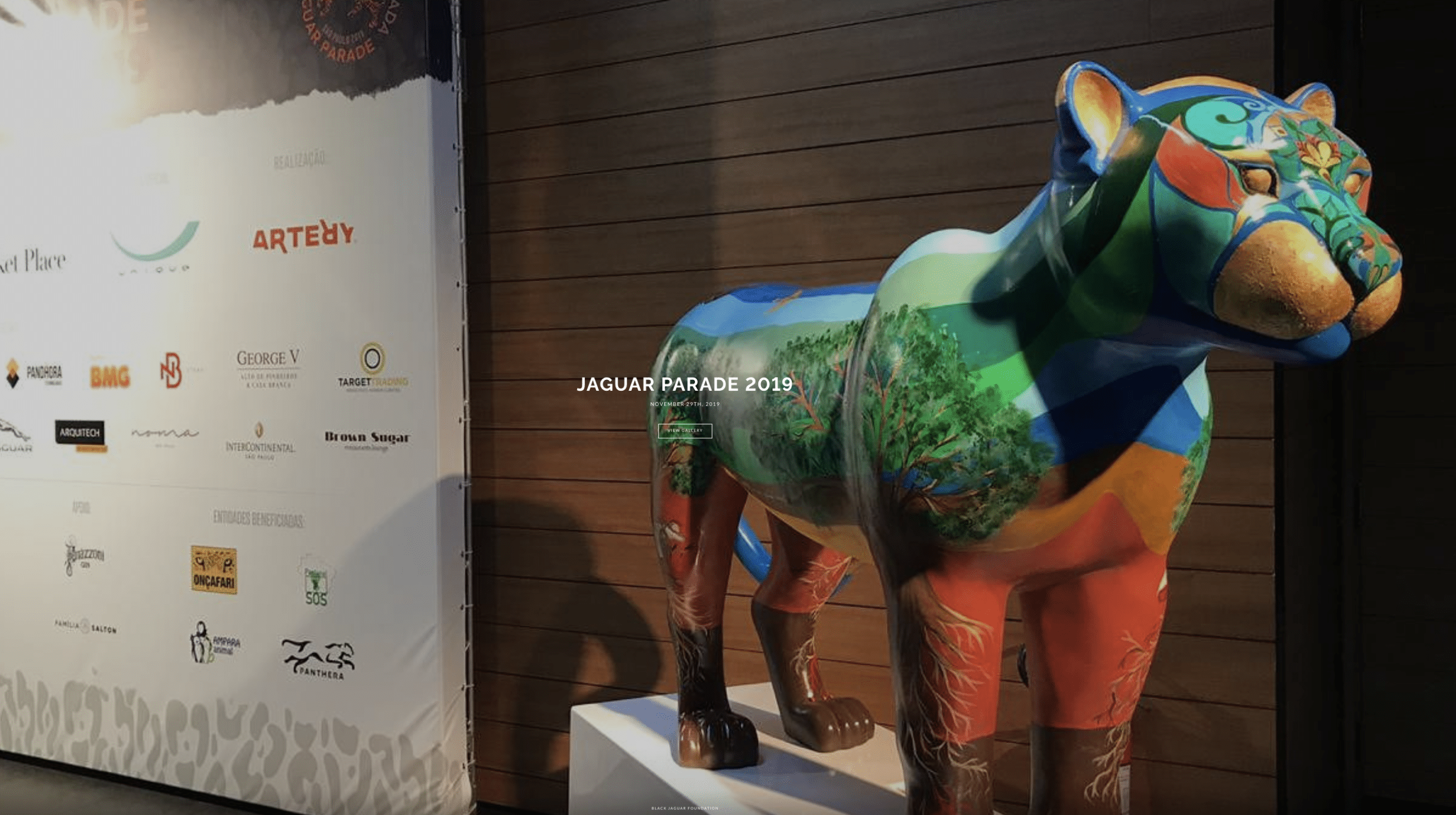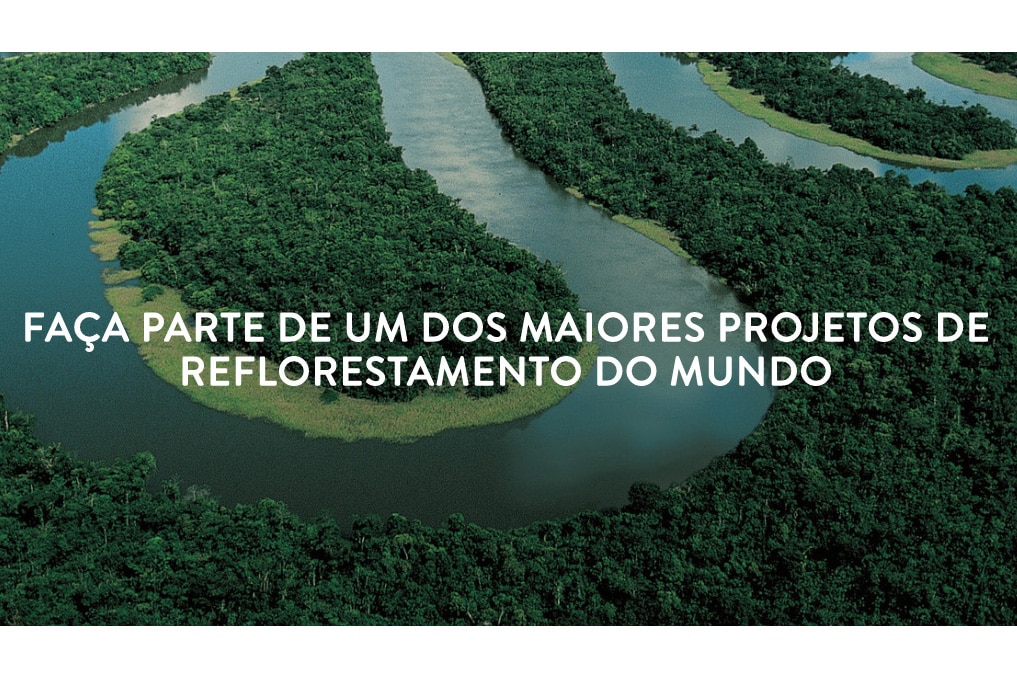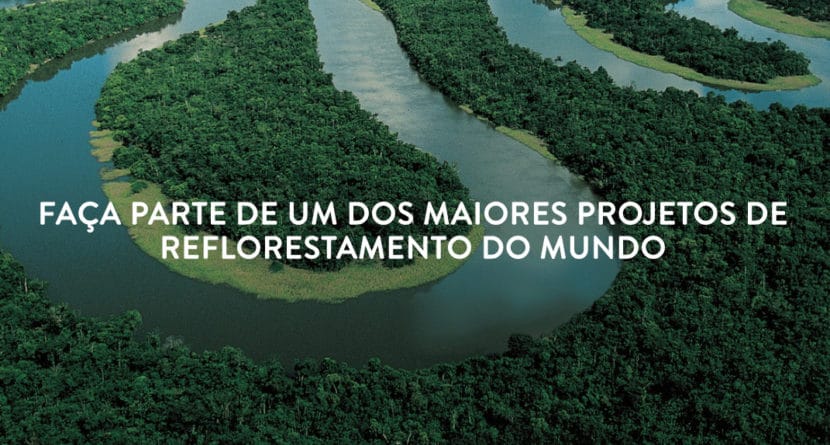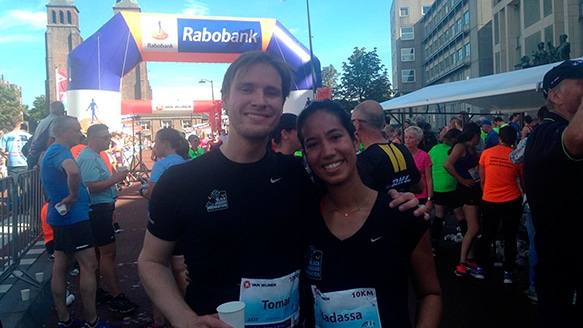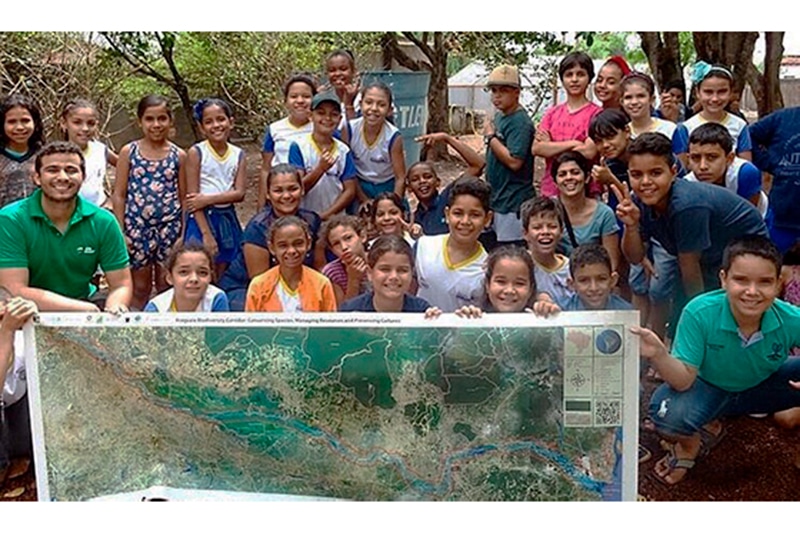
Our project has developed only by building strong relationship with local communities, which has recently been extended through the engagement with local schools and universities.
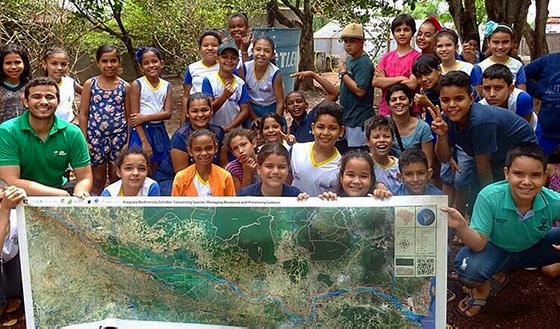
This month, one of our forest engineers, Carlos Eduardo, visited a school in the Araguaia corridor region to teach about the intrinsic value of nature and the reasons why we must all protect our planet’s biodiversity!
This is part of a new initiative with the Secretary of Environment, Fisheries and Tourism of Marianópolis do Tocantins to promote social and environmental sustainability in the region. The BJF is extremely happy to be part of this vital work, sharing our knowledge about restoration with the next generation and in turn gaining more of an understanding about the needs of these communities.
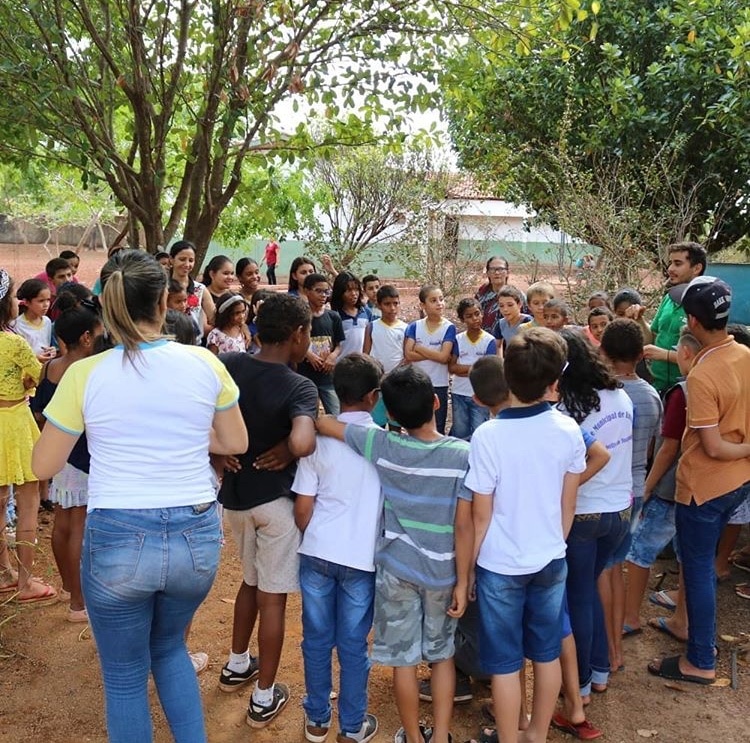
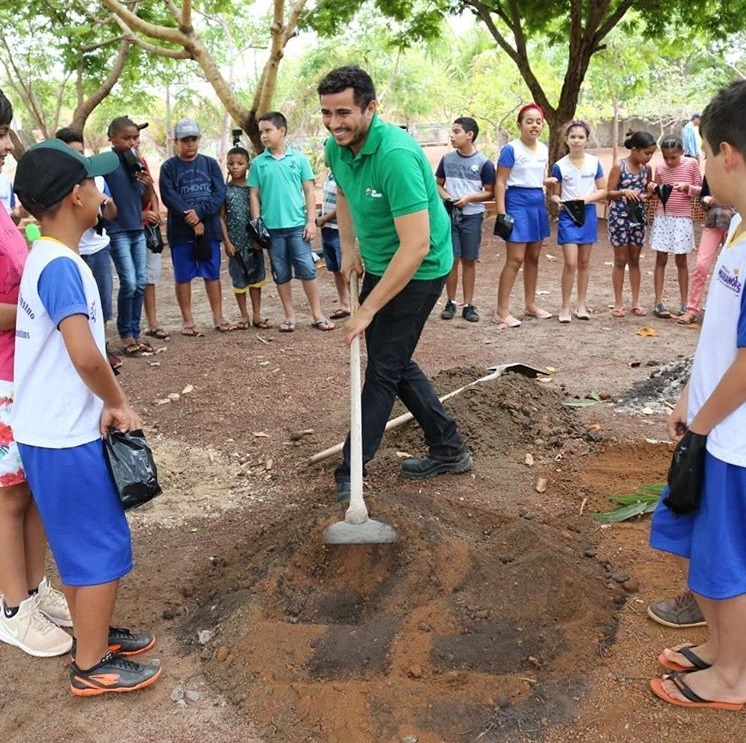

The BJF also received students from the University of Goiás to learn about the restoration process and experience the life of a forest engineer, first hand from our BJF Field Coordinator.
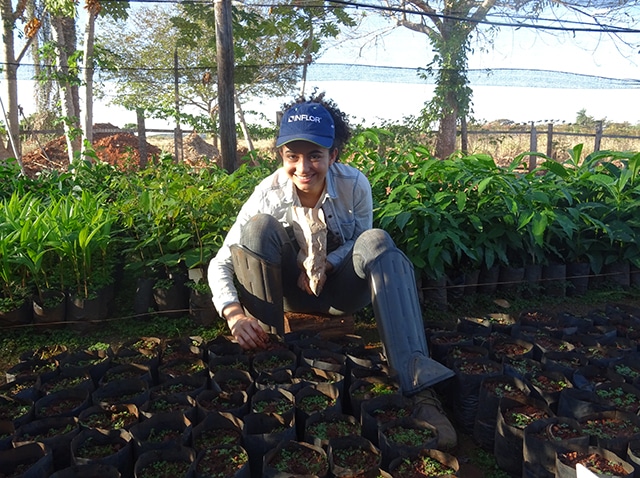
Maria Paula Ataídes, Forest Engineering student and member of the Cerrado Fruit Study Group at the Federal University of Goiás.

Ana Carolina Alves Serafim, Forest Engineering student and member of the Cerrado Fruit Study Group at the Federal University of Goiás.
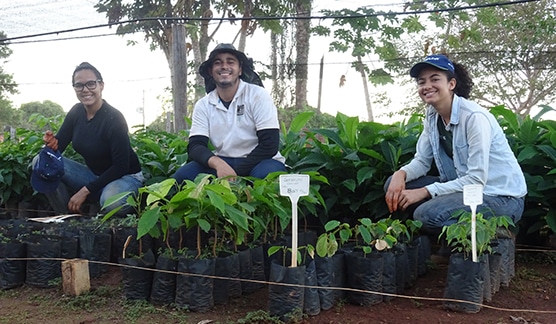
During the field, they followed various activities under the supervision of Field Coordinator Carlos Eduardo Batista de Oliveira: collecting and processing forest seeds, the production of forest seedlings in the nursery, monitoring the areas planted in 2018 and looking at the next steps and the new areas where restoration will be implemented. Here’s what they said about their experience:
‘I returned even more with the certainty that Forest Engineering is the wonderful profession I want to pursue, and the certainty that the BJF Araguaia Biodiversity Corridor project is one of the most beautiful actions in terms of the environment and ecological restoration’ – Maria Paula Ataídes.
‘It was a week of hard learning and hard work, but nothing compares to the feeling of witnessing how restoration happens.’ – Ana Carolina Alves Serafim
